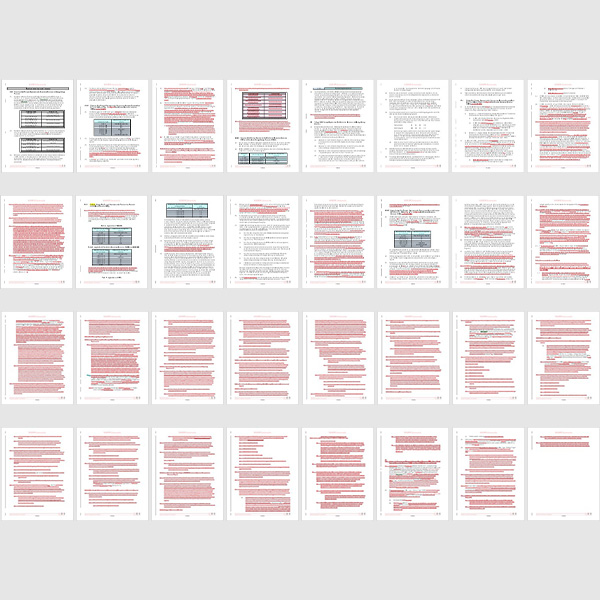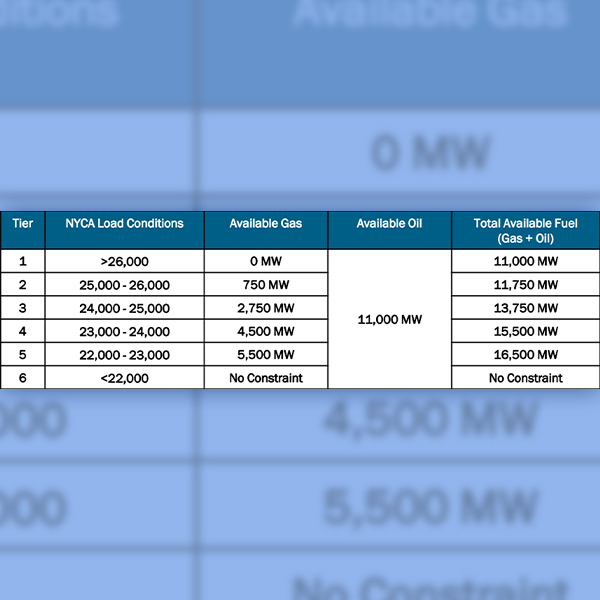State Regulation
Each state and province maintains a public utilities commission or other body to regulate utilities within its jurisdiction. Commissions typically oversee utilities' rates and services, and mediate disputes between utilities and ratepayers.
ERCOT stakeholders and staff came to an agreement on a rule change that imposes voltage ride-through requirements on IBRs.
Representatives from NERC and the regional entities urged state regulators to learn about the reliability challenges and opportunities of inverter-based resources.
Angst over looming load growth, cost increases and reliability headaches headlined the 76th annual New England Conference of Public Utilities Commissioners Symposium.
Arizona Public Service is prepared to implement public safety power shutoffs, and another utility in the state is laying the groundwork to use the wildfire prevention technique.
The New York State Reliability Council Executive Committee approved for industry review two new proposed reliability rules aimed at revising NYISO’s transmission planning requirements to account for fuel shortages at gas-fired power plants.
The power industry is facing an increasingly delicate balancing act as policies drive some generators to retirement, while major new loads are popping up and making planning more difficult.
NYSRC approved a rule establishing minimum interconnection standards for large inverter-based resources in order to address a 120-GW bottleneck in NYISO's interconnection queue.
The Hawaii PUC approved HECO's resilience plan to harden the grid against wildfires and other natural threats.
Ohio and Pennsylvania lawmakers met in Columbus for a hearing on the future reliability of the PJM grid, quizzing RTO and industry insiders on the role states can have in maintaining resource adequacy.
NYISO briefed the committee on an upcoming white paper to propose updates to the ISO’s resource adequacy modeling.
Want more? Advanced Search









